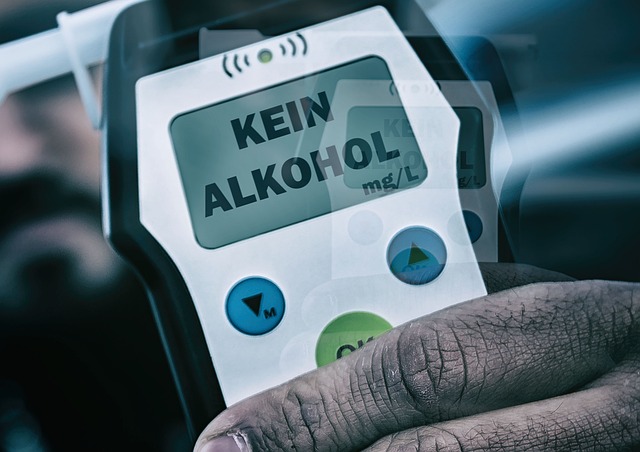Youth DUI (driving under the influence) remains a significant issue due to legal loopholes, peer pressure, and risk-taking behavior among 18-24 year olds. Challenges include exceptions for commercial drivers, varying state limits, and lenient penalties. Effective prevention requires strengthening law enforcement, educating young drivers about dangers, and advocating for stricter legislation. Enhancing data collection, utilizing technology, and building partnerships are crucial steps. Comprehensive educational programs that incorporate life skills and peer mentorship reduce vulnerability to DUI risks.
Youth DUI (Drunk Driving Under Age) remains a pressing issue, with loopholes in current prevention programs exacerbating the problem. This article delves into the risks facing young drivers and explores the gaps enabled by certain legal and social factors. We provide an analysis of common loopholes and offer effective strategies to bolster Youth DUI Prevention Programs, emphasizing the urgency to close these vulnerabilities and promote safer driving behaviors among teens.
- Understanding Youth DUI Risks and Current Loopholes
- Effective Strategies to Close Gaps in Youth DUI Prevention Programs
Understanding Youth DUI Risks and Current Loopholes

Youth DUI, or driving under the influence, is a significant concern that often goes overlooked due to loopholes in current laws and regulations. Despite efforts by Youth DUI Prevention Programs, young individuals aged 18-24 remain at an elevated risk of engaging in impaired driving. This demographic’s vulnerability can be attributed to several factors: limited experience behind the wheel, peer pressure, and a tendency to take risks.
Current loopholes include exceptions for commercial vehicle operators and varying legal blood alcohol limits across states, which can lead to inconsistent enforcement. Moreover, some jurisdictions have lenient penalties for first-time offenders, potentially encouraging repeat offenses. Addressing these gaps is crucial in Youth DUI Prevention, as it involves enhancing law enforcement strategies, educating young drivers about the consequences of impaired driving, and advocating for stricter legislation to deter potential drinkers from getting behind the wheel.
Effective Strategies to Close Gaps in Youth DUI Prevention Programs

Closing gaps in Youth DUI Prevention Programs is a multifaceted approach, requiring a blend of stringent policies and proactive engagement strategies. A critical first step involves enhancing data collection and analysis methods. Accurate tracking of at-risk youth demographics, high-risk behaviors, and program effectiveness allows for targeted interventions. Utilizing technology to gather real-time data can help identify emerging trends and hotspots, enabling swift action.
Additionally, fostering partnerships between schools, community organizations, and law enforcement agencies is vital. Collaborative efforts can expand reach, offer diverse perspectives, and develop holistic prevention strategies. Educative programs should go beyond the basics of alcohol awareness, incorporating life skills training, peer mentorship, and stress management techniques. These comprehensive approaches empower youth to make informed choices, reducing their vulnerability to DUI-related risks.
Loopholes closing gaps in Youth DUI Prevention Programs is a multifaceted approach that combines education, enforcement, and policy changes. By understanding the current risks faced by young drivers and targeting specific loopholes, we can create more effective strategies to prevent underage drinking and driving. Implementing these measures will not only enhance existing programs but also contribute significantly to saving lives and fostering safer communities.






